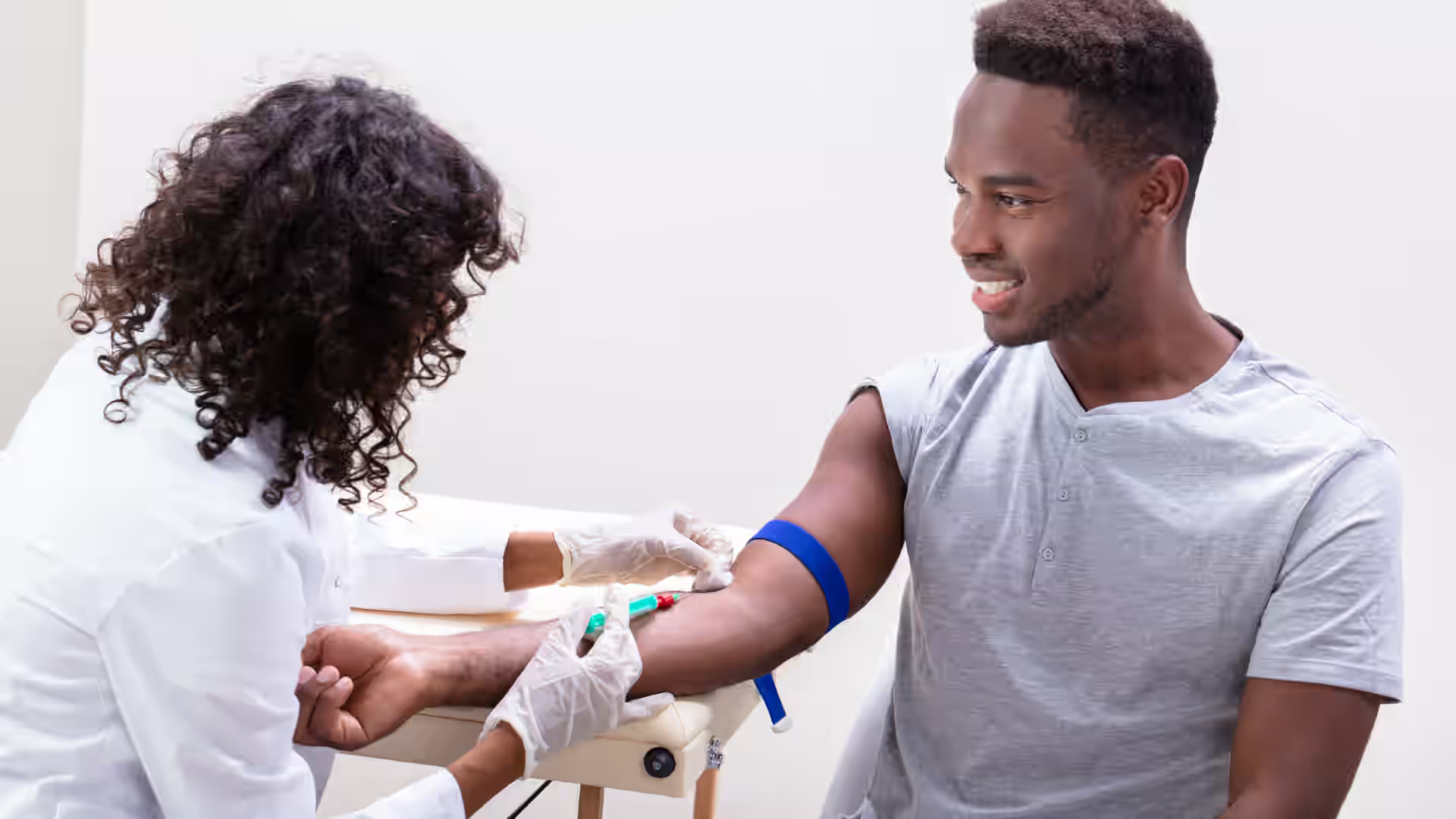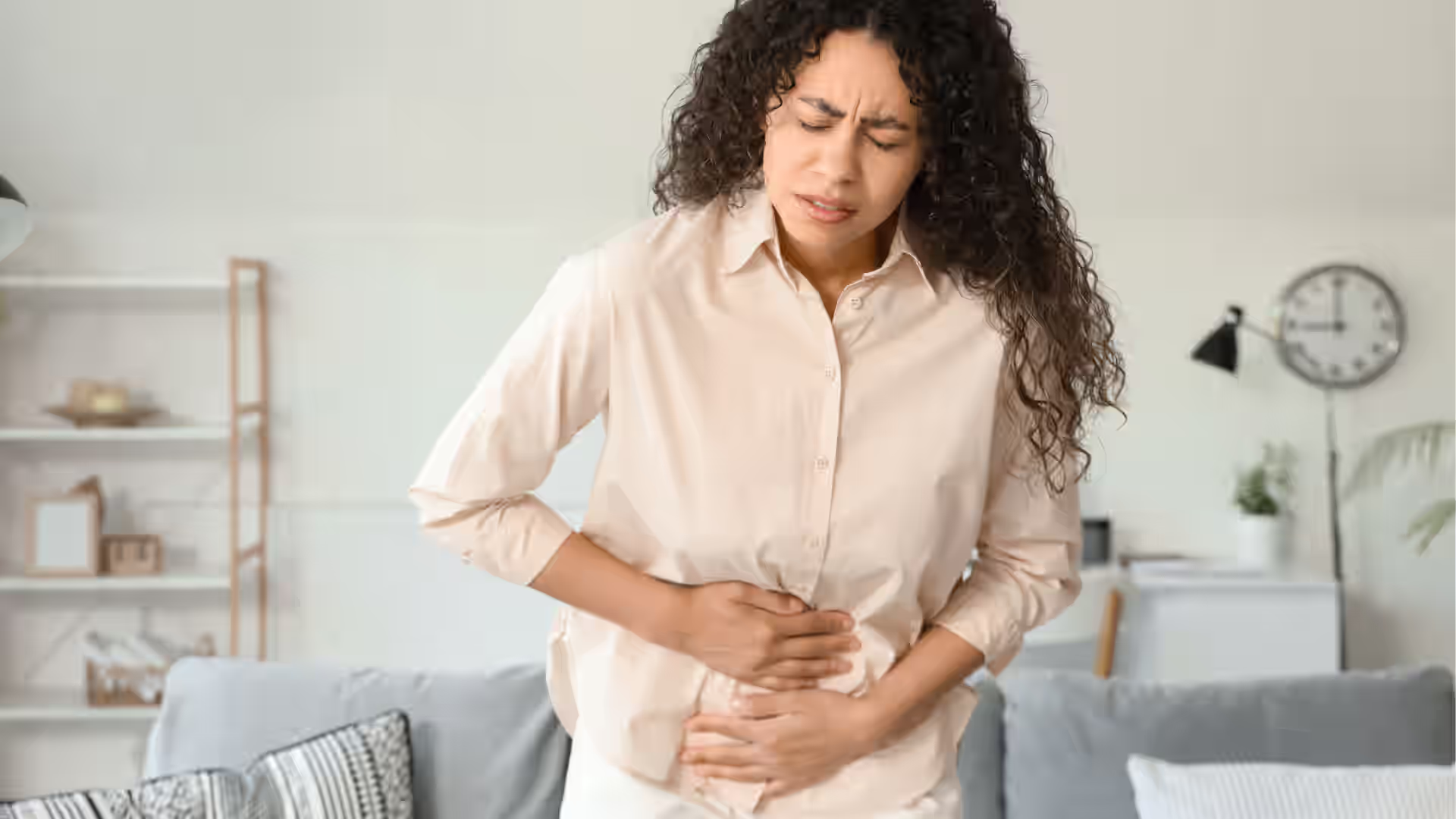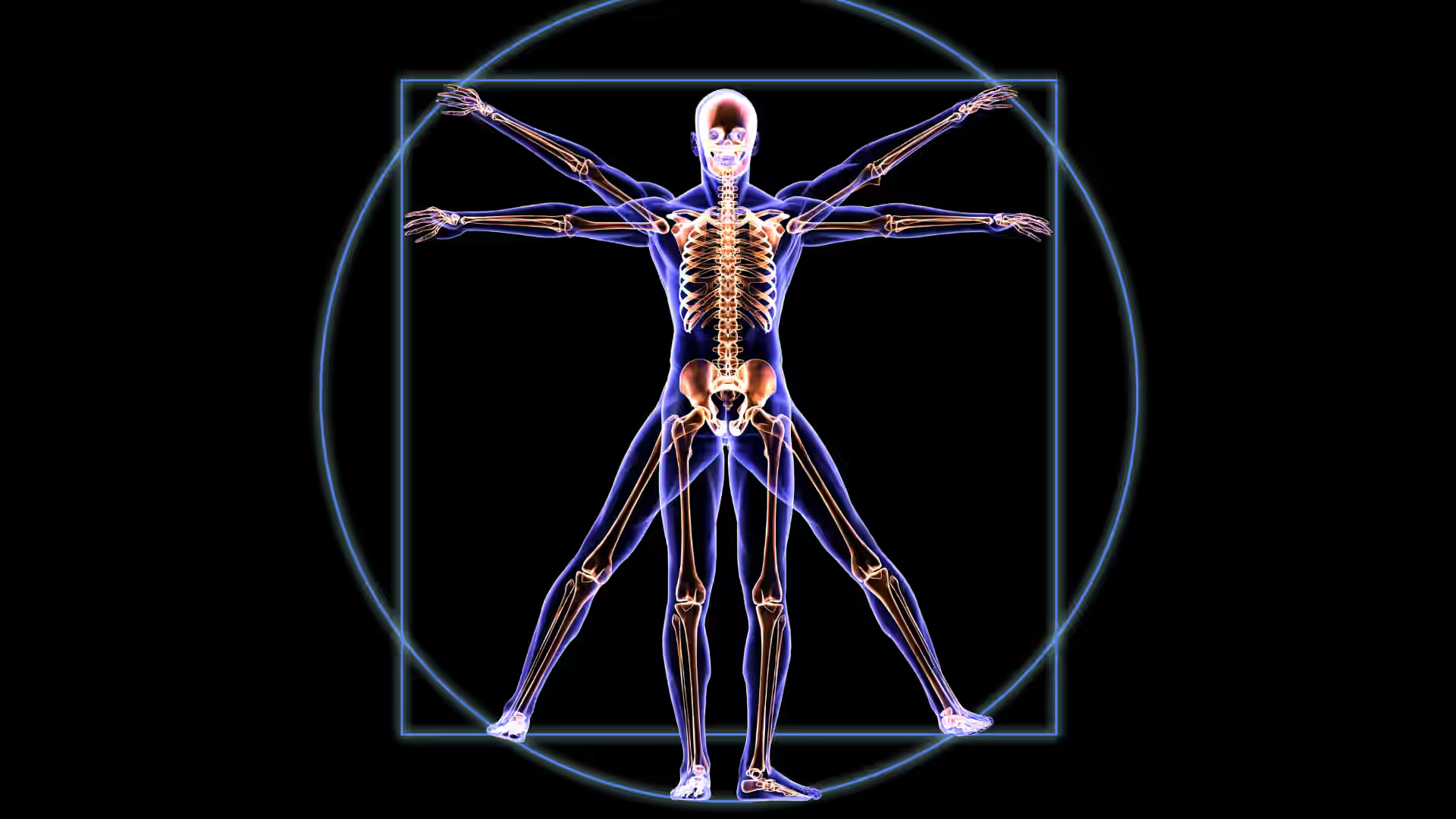Do you dread that time of the month because of intense abdominal pain that interrupts your life?
If so, you're not alone. Menstrual cramps, also known as dysmenorrhea, are one of the most common gynecological concerns, affecting up to 91% of people who menstruate at some point during their reproductive years. While some experience only mild discomfort, others deal with "debilitating" pain that disrupts work, school, and daily activities. Yet, many don't realize what's normal, when to seek medical attention, or which treatments truly help.
This guide explores what period cramps are, why they happen, how to recognize abnormal symptoms, and the best evidence-based options for relief.
[signup]
Defining Period Cramps
Period cramps, or dysmenorrhea, are throbbing or cramping pains in the lower abdomen that occur before or during menstruation. There are two main types:
- Primary dysmenorrhea is the most common type and occurs without an underlying medical condition. It usually begins in adolescence, often within the first year after the first period.
- Secondary dysmenorrhea is caused by a medical condition such as endometriosis or fibroids and tends to appear later in life, with symptoms that may worsen over time.
Common Symptoms
Dysmenorrhea is described as cramping or throbbing pain in the lower abdomen. The pain may radiate to the lower back or thigh.
Often, women will also experience associated symptoms, including:
- Nausea or upset stomach
- Bloating
- Diarrhea
- Fatigue or feeling generally unwell
- Headaches
- Dizziness
- Trouble sleeping
When Do They Start and How Long Do They Last?
Period cramps usually start at the onset of menstruation (or shortly before) and last eight to 72 hours. The pain is often strongest in the first 24 to 48 hours of the period and usually improves as bleeding decreases. The pattern can vary from person to person and even change over time.
Causes of Period Cramps
Primary dysmenorrhea is related to hormonal changes during the menstrual cycle. The main culprit is a group of chemicals called prostaglandins. As progesterone levels decrease in the luteal phase of the menstrual cycle, prostaglandins are released by the uterus to trigger muscle contractions that help shed its lining. Higher levels of prostaglandins can cause stronger contractions, reduced blood flow to the uterus, and more intense pain.
Secondary dysmenorrhea results from a specific medical issue. Common causes include:
- Endometriosis: Endometrial tissue grows outside the uterus, leading to painful inflammation and scar tissue.
- Adenomyosis: The inner lining of the uterus grows into the uterine muscle, causing pain and heavy periods.
- Uterine Fibroids: Noncancerous growths in the uterus that can lead to heavier, more painful periods.
- Pelvic Inflammatory Disease (PID): A bacterial infection that affects the reproductive organs, leading to chronic pelvic pain.
- Cervical Stenosis and Anatomical Abnormalities: A narrow cervix or other structural issues can block menstrual flow and increase uterine pressure.
Risk Factors
You may be at a higher risk of experiencing menstrual cramps if you:
- Start menstruating at an early age
- Have heavy, long, or irregular periods
- Smoke
- Are overweight
- Consume alcohol or caffeinated beverages regularly
- Have high levels of emotional stress
- Have a family history of dysmenorrhea
How to Relieve Period Cramps
Even though many women suffer through painful period cramps every month, dysmenorrhea is not normal, and many things can be done to alleviate the pain.
Medical Treatments
Evidence-based, first-line medical treatments for period cramps include:
- Nonsteroidal Anti-Inflammatory Drugs (NSAIDs): Over-the-counter pain relievers like ibuprofen or naproxen reduce inflammation and prostaglandin production, easing pain. NSAIDs should be taken one to two days before the onset of menses and continued on a fixed schedule for up to three days.
- Hormonal Birth Control: Oral, intravaginal, and intrauterine hormonal contraceptives can suppress ovulation, stabilize endometrial growth, and reduce endometrial prostaglandin production—collectively decreasing the frequency and intensity of uterine contractions and menstrual pain.
At-Home and Lifestyle Remedies
For those looking for alternative, non-pharmaceutical treatment options, the following home remedies have been shown to help reduce the severity of dysmenorrhea:
- Heat: Applying heat to the lower abdomen and pelvis, such as with a heating pad, warm water bottle, or warm bath, has been shown to be as effective as ibuprofen for treating dysmenorrhea.
- Exercise: Engaging in regular exercise is protective against dysmenorrhea. Exercise regimens associated with benefit typically involve sessions of at least 30-60 minutes, performed three or more times per week, over a minimum of 8 weeks, with a total weekly duration of at least 90 minutes.
- Stress Management: Stress reduction via cognitive-behavioral therapy, relaxation techniques, and mind-body practices has documented efficacy in reducing pain severity, analgesic use, and interference with daily activities in women with dysmenorrhea.
Alternative and Complementary Therapies
You can also talk to a doctor to ask if any of the following alternative and complementary therapies would be safe and appropriate for you:
- Botanical Medicine: Research has demonstrated that herbal teas or supplements like ginger, chamomile, and fennel can reduce menstrual pain as effectively as NSAIDs.
- Acupressure may significantly reduce menstrual pain intensity, duration, and analgesic use when performed for three months.
- Transcutaneous Electrical Nerve Stimulation (TENS): Positive outcomes associated with high-frequency TENS include reduced menstrual pain intensity, prolonged pain relief duration, and reduced use of NSAIDs for pain management.
- Omega-3 Fatty Acids: Randomized controlled trials and meta-analyses demonstrate that omega-3 fatty acid supplementation can moderately reduce the severity of primary dysmenorrhea, with the most pronounced benefits observed in younger women. Some studies also report the decreased use of rescue analgesics (i.e., NSAIDs) with omega-3 supplementation. Combination therapy with vitamin E may enhance the analgesic effect.
- Vitamin B1: A systematic review indicated that vitamin B1, dosed at 100 mg daily for 90 days, may reduce pain intensity in primary dysmenorrhea compared to placebo.
When to See a Doctor
If your menstrual pain is more than a mild nuisance, it might be time to seek medical advice. Warning signs that something more serious may be causing pain include:
- Pain so severe that it interferes with school, work, or daily activities
- Heavy periods or irregular menstrual cycles
- Cramps that don't improve with NSAIDs or hormonal contraceptives
- New or worsening symptoms after age 25
- Pain that occurs outside of menstruation or during sex
- Infertility
- Abnormal physical exam findings
Diagnostic Process
To understand what's causing the pain, a doctor may evaluate dysmenorrhea by:
- Reviewing your medical history and symptoms. This could include asking you to track your symptoms on a calendar.
- Performing a pelvic exam
- Ordering laboratory tests, such as a pregnancy test, STI testing, and urinalysis
- Using imaging tools like ultrasound or MRI to look for pelvic abnormalities
- Recommending laparoscopy to confirm conditions like endometriosis, if needed
Living with Period Cramps
Using period tracking apps or journals can help identify patterns in your cramps, making it easier to manage symptoms and communicate with your doctor. Track pain intensity, timing, related symptoms, and what treatments help.
According to a systematic review and meta-analysis of over 12,000 young women with dysmenorrhea, only 11% reported seeing a medical doctor for their period pain. However, open communication with your healthcare provider can make a big difference. Be ready to describe your pain, how it affects your life, and what you've tried so far. Don't be afraid to request further evaluation and ask questions like:
- Are my symptoms typical, or do they suggest an underlying condition?
- Is there anything in my medical history or family background that makes me more prone to severe cramps?
- What tests or exams do I need to better understand what's going on?
- How can I track my symptoms in a way that helps you make a diagnosis?
- Which over-the-counter medications are most effective, and how should I use them?
- What lifestyle changes or home remedies do you recommend?
- What are the risks and benefits of using hormonal birth control to help manage my symptoms?
- At what point should I consider a referral to a gynecologist or a specialist?
- How often should I follow up with you if my symptoms don't improve?
Dysmenorrhea exerts a broad and substantial negative effect on social functioning, mental health, and overall quality of life, with the magnitude of impact increasing with pain severity. Support groups, therapy, or simply talking to someone you trust can help you cope. Addressing the stigma around menstrual health is also important in creating a more supportive environment and facilitating access to healthcare resources and treatment options.
Frequently Asked Questions (FAQs)
What are period cramps, and why do they happen?
Most period cramps are caused by uterine contractions triggered by prostaglandins to shed the uterine lining. High levels of these chemicals lead to more severe pain.
Is it normal to have cramps every month?
Mild monthly cramps are common, but if they interfere with your daily life, you should talk to a healthcare provider.
How can I tell if my cramps are caused by a medical condition?
If your cramps are severe, worsen over time, or occur outside your period, they may be caused by conditions like endometriosis or fibroids.
What helps period cramps instantly?
Research shows that NSAIDs like ibuprofen and heat therapy can provide fast relief.
Can diet affect menstrual cramps?
Yes. Anti-inflammatory foods, such as those rich in omega-3 fatty acids, can help reduce the intensity of cramps over time.
[signup]
Key Takeaways
- Period cramps are a common part of life for many, but that doesn't mean they are normal.
- When period pain is disrupting your life, it means there is an underlying imbalance that needs to be addressed. Don't ignore it. You can find relief and reclaim your daily routine with the right care plan.
- For more information, explore our related guides on menstrual health and talk to your healthcare provider today for a personalized approach to managing period cramps.





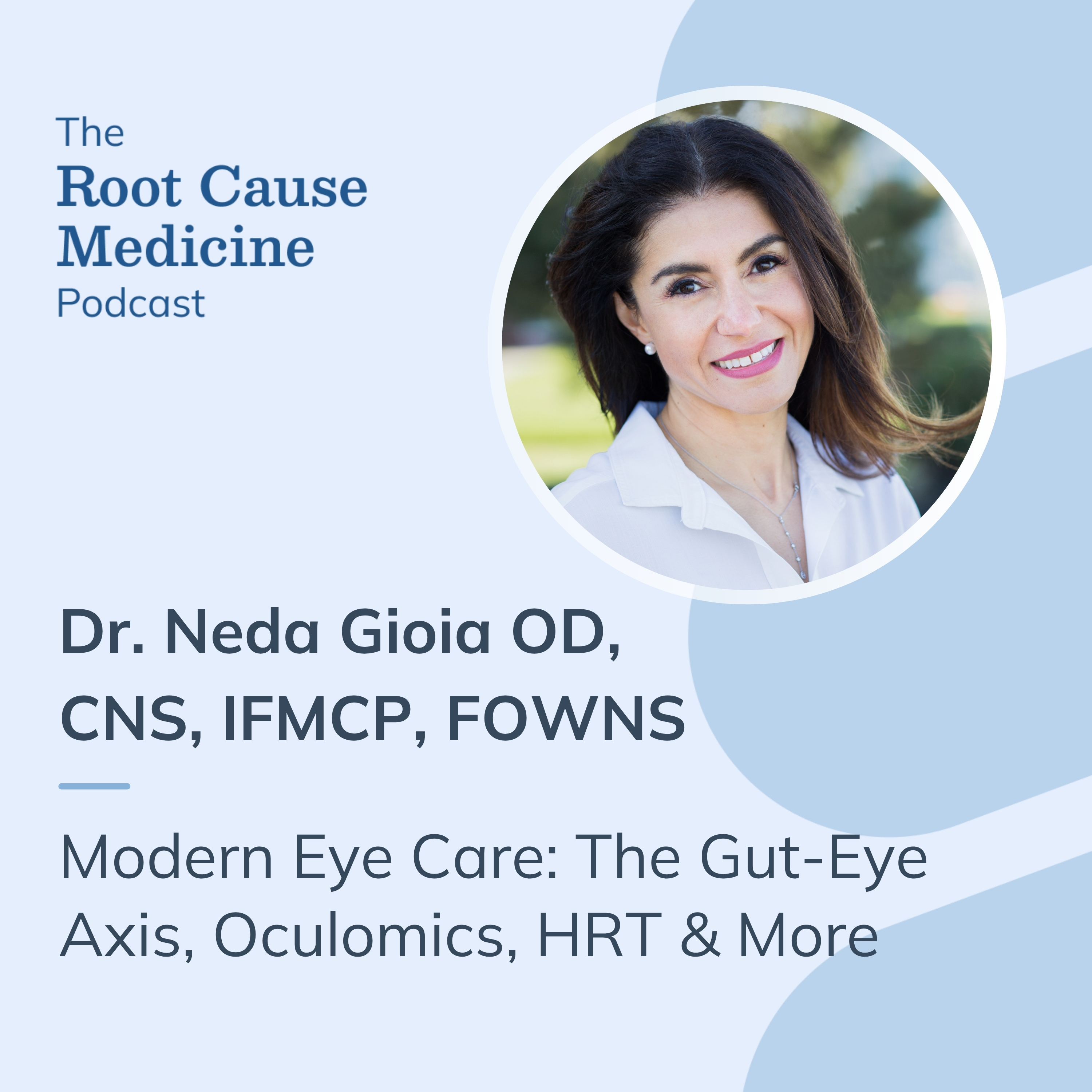
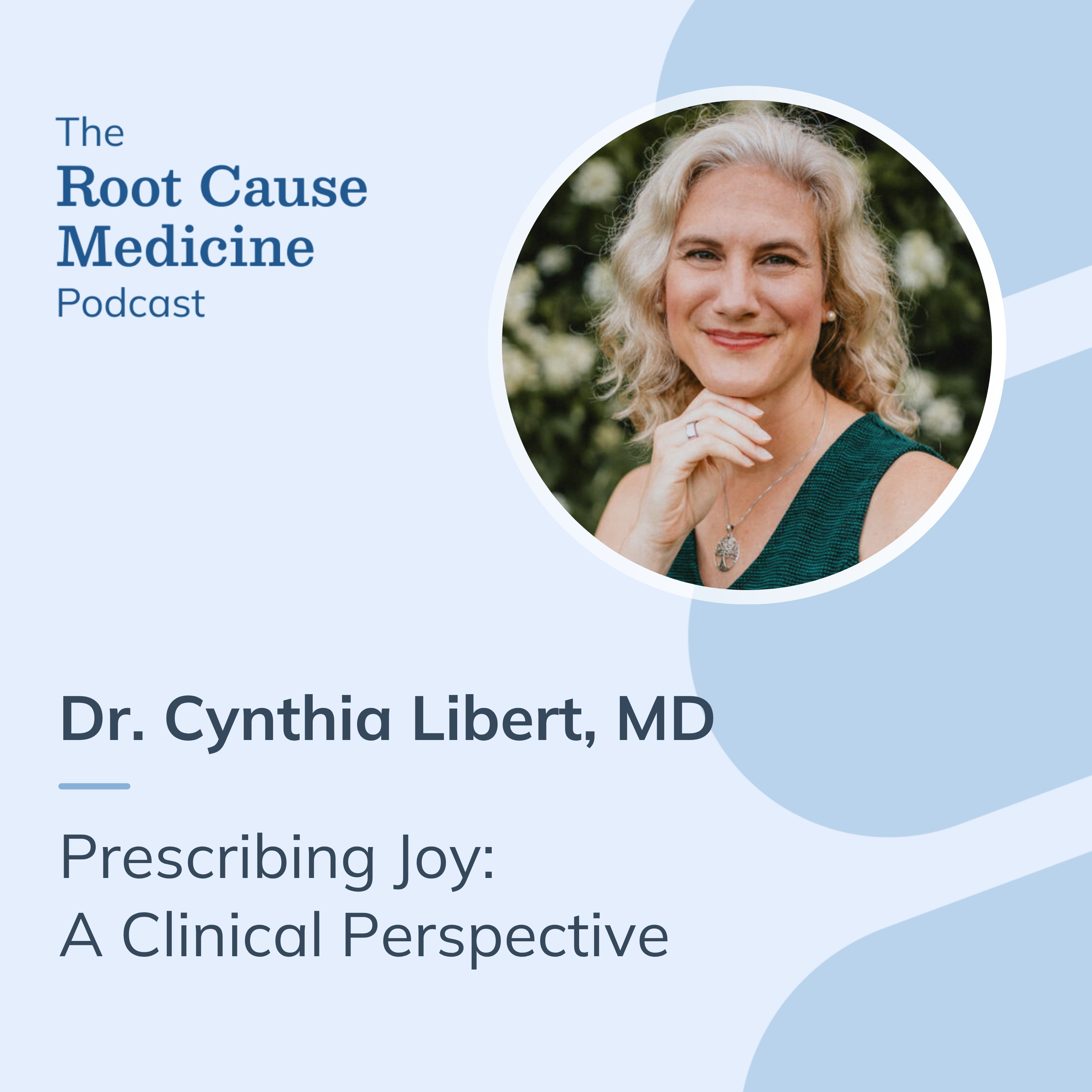
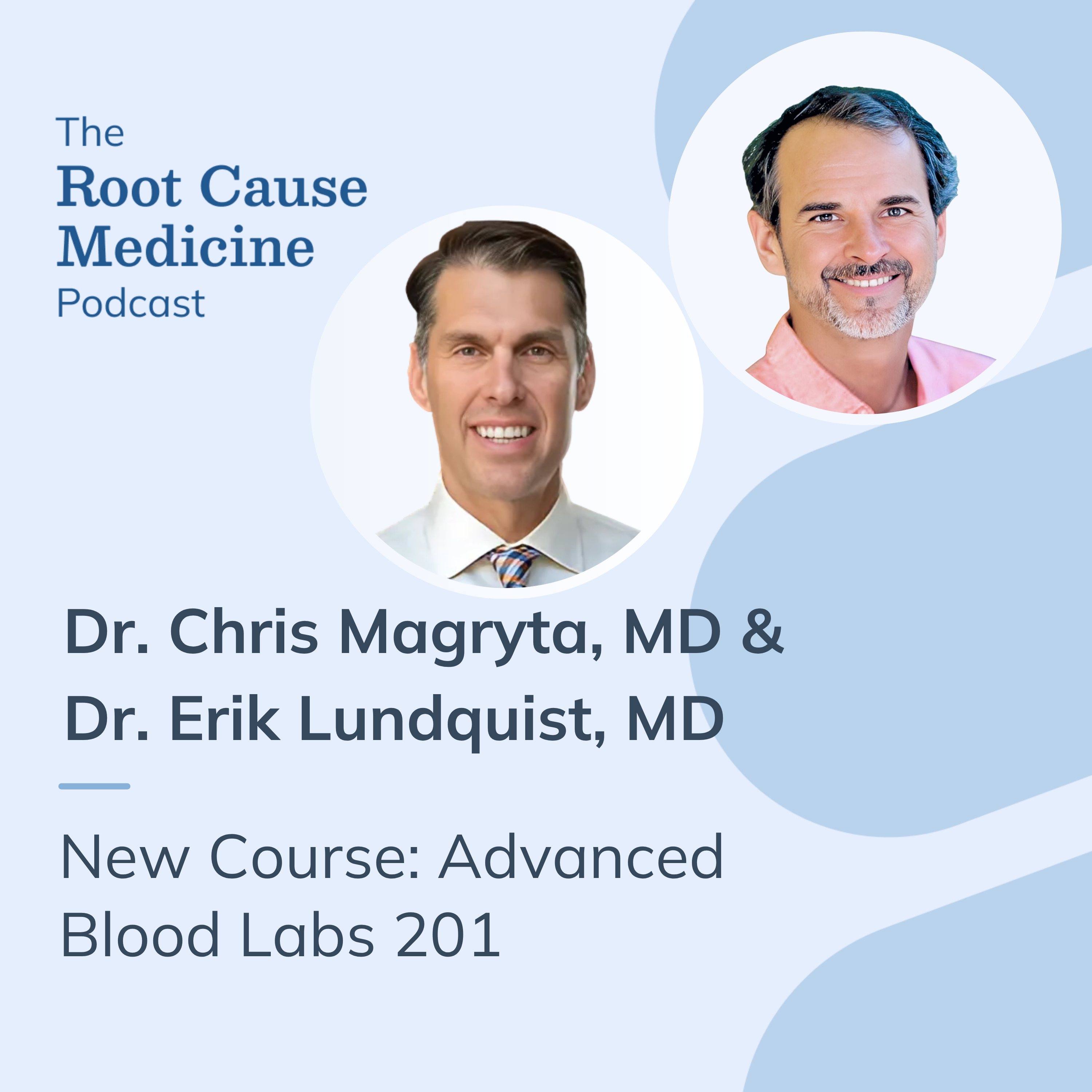

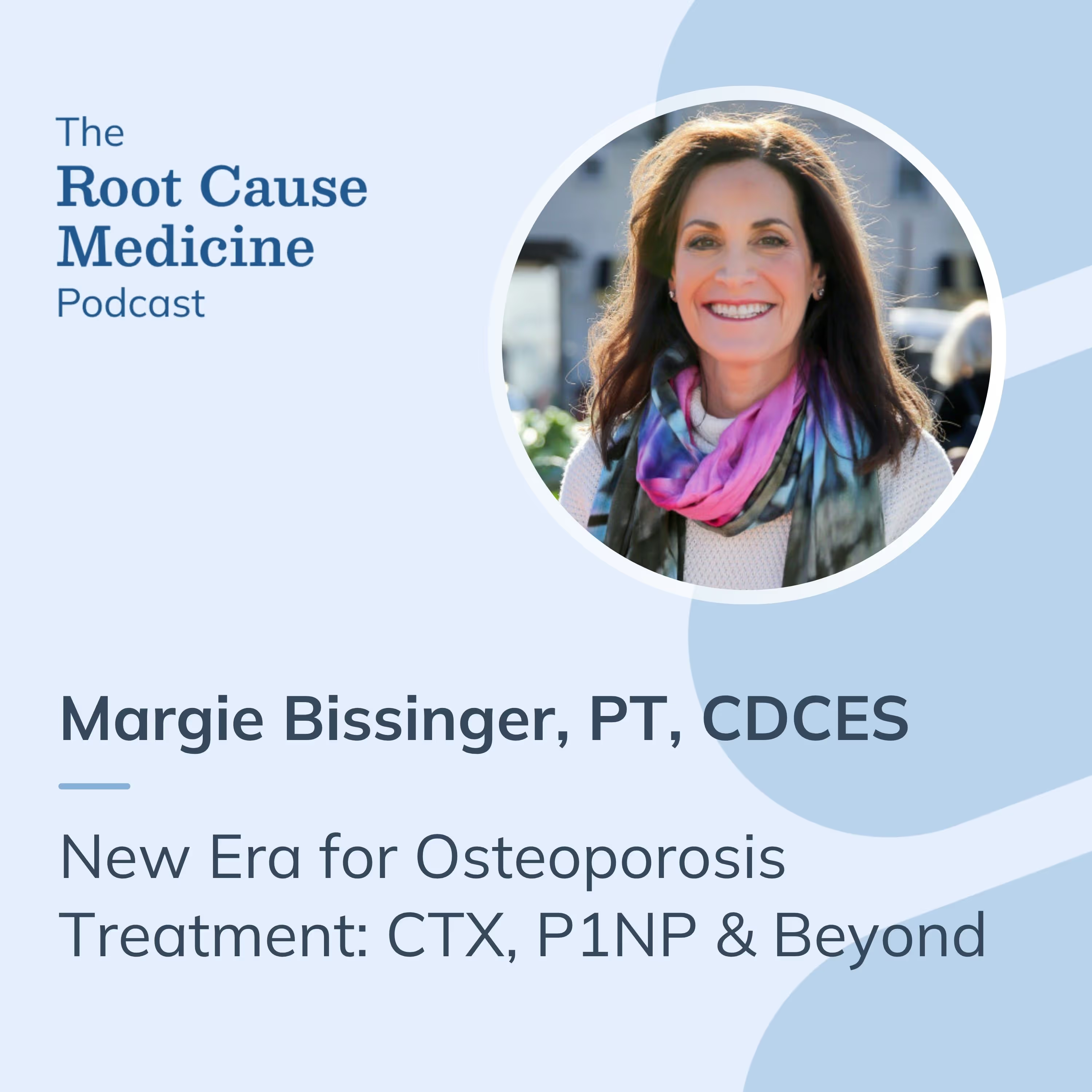


%201.svg)



